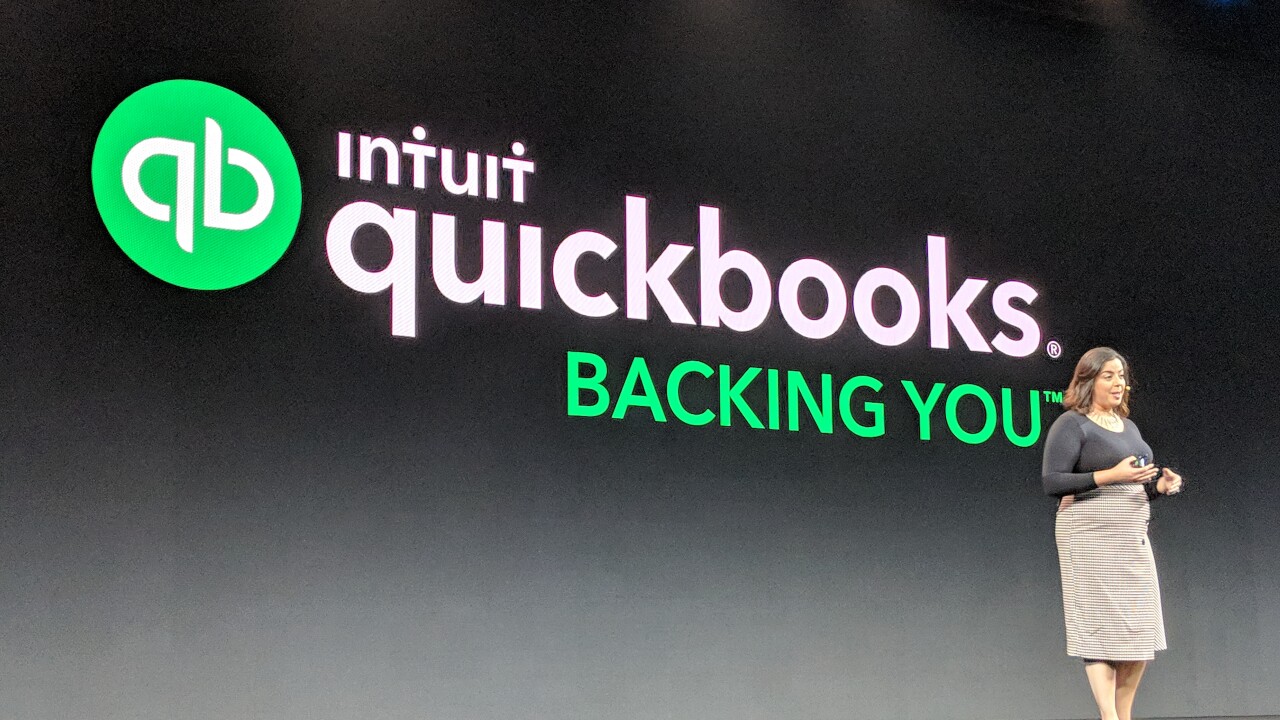The Internal Revenue Service plans to make changes in its procedures and computer systems to better identify a taxpayer’s outstanding tax debts and subtract them from the tax refunds they receive, particularly for owners of small businesses.
A new
If the taxpayer has no outstanding federal tax debt, then the Treasury’s Bureau of the Fiscal Service performs verifications to determine if the taxpayer has other types of government debt. The overall objective of TIGTA’s audit was to determine whether the IRS’s processes and controls ensure that overpayments are properly and accurately applied to offset federal tax liabilities.
TIGTA found that, in tax year 2013, the IRS offset more than $6.8 billion in individual tax refunds to pay outstanding individual and business tax debts. However, TIGTA discovered that the IRS’s current process does not effectively identify sole proprietors with business tax debt. As a result, TIGTA identified 53,672 individual taxpayers who received approximately $74.5 million in tax refunds in tax year 2013 that could have been offset against outstanding tax debts on the taxpayers’ associated business tax accounts.
In addition, TIGTA said the IRS needs to consistently apply tax account freezes to ensure that refunds are offset to pay associated tax liability on the IRS’s Non-Master File system, a system used by the IRS to process tax accounts that it cannot process on the Master File. TIGTA identified 487 individual and 29 business taxpayers who received more than $2.9 million in tax refunds for tax year 2013 that should have been offset to pay an outstanding Non-Master File tax debt. TIGTA also identified a significant potential for future improper refunds for an additional 616 individual taxpayers and 697 business taxpayers. These accounts have outstanding tax debts totaling more than $1.4 billion but do not currently have the required freezes on their associated Master File tax account.
Finally, the IRS incorrectly offset individual tax refunds to tax debt of Limited Liability Companies, according to the report. TIGTA identified 502 tax year 2013 individual tax refunds totaling approximately $780,474 that were incorrectly applied to outstanding tax debts on their Limited Liability Company business tax accounts. The IRS stated that its current computer programming did not incorporate criteria to identify these cases.
“The IRS needs to revise its processes and controls to ensure that refunds for tax overpayments are properly offset to pay for individual or business tax liabilities,” said TIGTA Inspector General J. Russell George in a statement. “At present, the IRS’s existing computer programming cannot provide this assurance.”
TIGTA made seven recommendations in its report, with which the IRS agreed and plans to take corrective action. TIGTA recommended that the IRS revise its processes to identify individual tax returns to offset to business tax debt, develop a systemic process to ensure that freezes are not erroneously reversed, ensure that a manual freeze is input on a primary taxpayer’s account when the secondary taxpayer’s account has an outstanding tax debt, and develop a process to ensure that offset freezes are placed on all individual and business tax accounts when there is an outstanding debt on the Non-Master File account.
TIGTA also recommended that the IRS revise computer programming to ensure that credit elects are offset to any associated tax debt on the Non-Master File, and to use the LLC indicator on the business tax account to ensure that individual tax refunds are not offset to the associated LLC’s business tax debt. Finally, TIGTA recommended that the IRS identify and transfer the incorrect offsets totaling $780,474 from the 502 LLC accounts back to the individual taxpayer accounts.
For three of TIGTA’s seven recommendations, however, the IRS stated that implementation of the requisite programming changes to accomplish the objectives are subject to “budgetary constraints, limited resources and competing priorities.”
“The legacy programming requirements that currently identify potential offset situations were developed over 30 years ago, and the tax processing environment has evolved over time,” wrote Debra Holland, commissioner of the IRS’s Wage and Investment Division, in response to the report. “Because of this, we recognize the need to evaluate the current process and make changes to improve the recognition of offset conditions that cause individual refunds to offset all eligible tax obligations. Program changes will be requested; however, due to budgetary and resource constraints and competing priorities, we will also explore low-cost alternative solutions, where possible, to achieve process improvements.”





